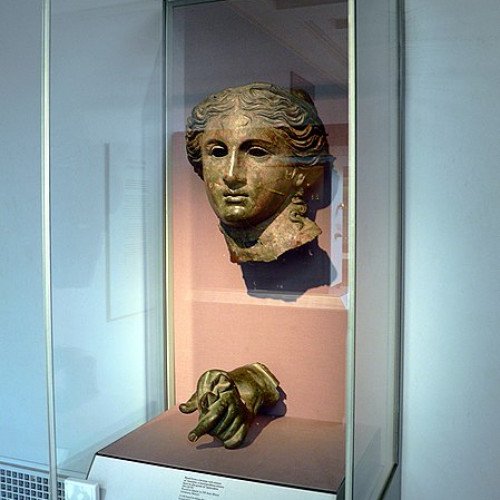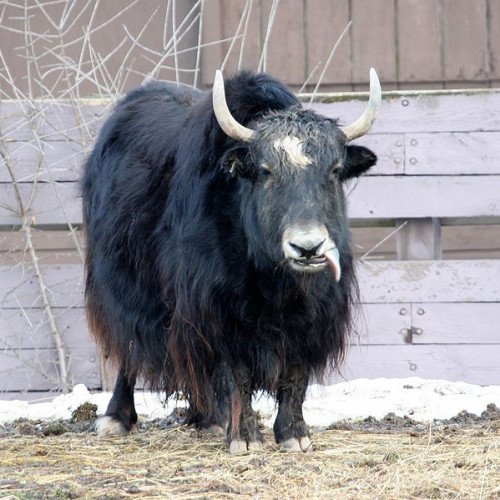Armenian mythology VS Kui (Chinese mythology)

Armenian mythology
Armenian mythology originated in ancient Indo-European traditions, specifically Proto-Armenian, and gradually incorporated Anatolian, Hurro-Urartian, Mesopotamian, Iranian, and Greek beliefs and deities.
Statistics for this Xoptio

Kui (Chinese mythology)
Kui (Chinese: 夔; pinyin: kuí; Wade–Giles: k'uei) is a polysemous figure in ancient Chinese mythology. Classic texts use this name for the legendary musician Kui who invented music and dancing; for the one-legged mountain demon or rain-god Kui variously said to resemble a Chinese dragon, a drum, or a monkey with a human face; and for the Kuiniu wild yak or buffalo.
Statistics for this Xoptio
Vs